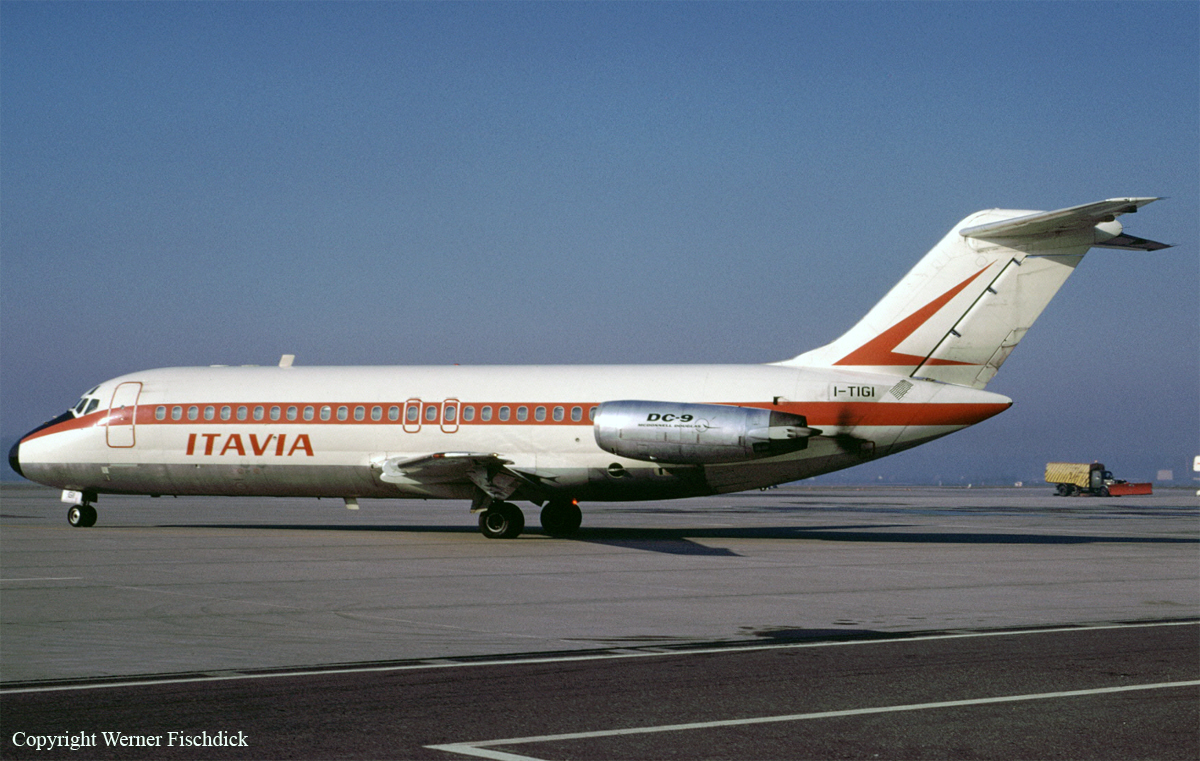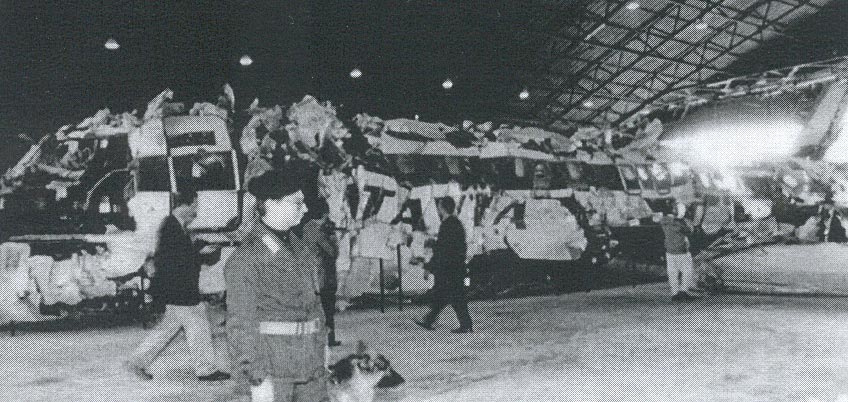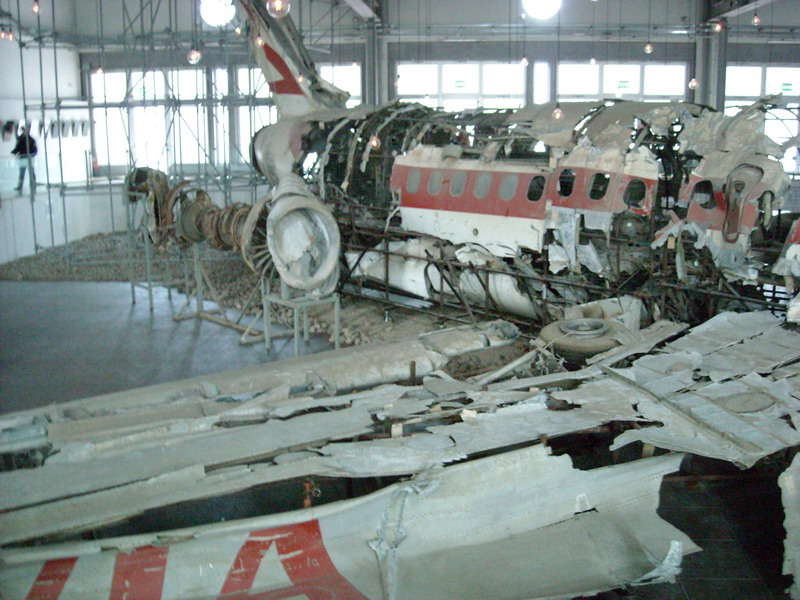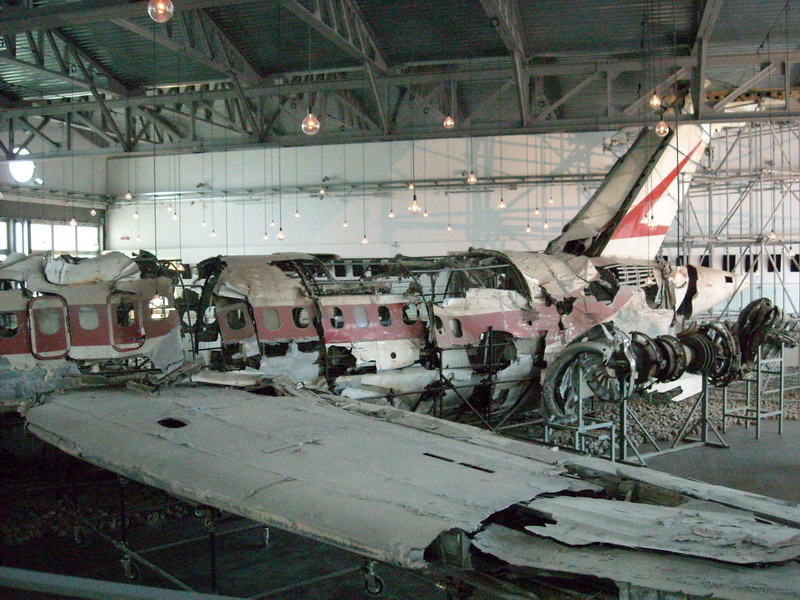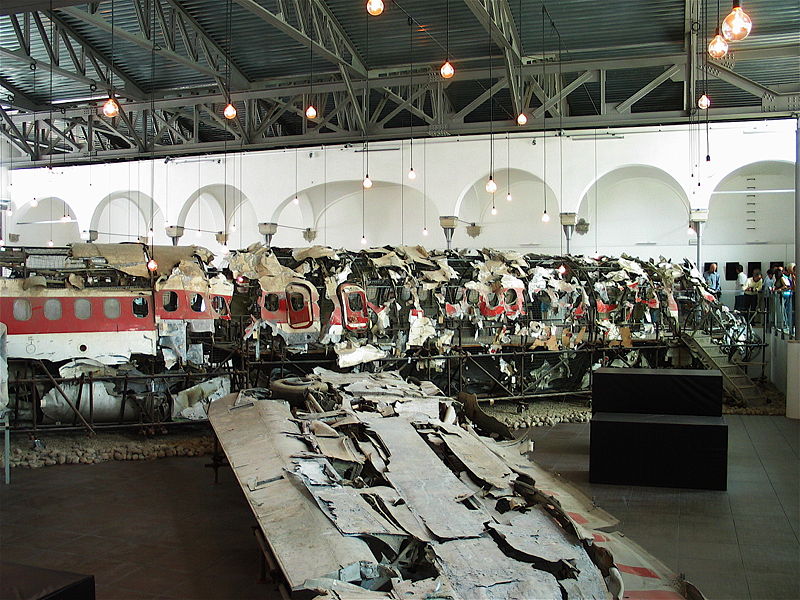Country
Crash of a Douglas DC-9-15 in Philadelphia
Date & Time:
Feb 6, 1985 at 2351 LT
Registration:
N926AX
Survivors:
Yes
Schedule:
Philadelphia - Wilmington
MSN:
47002
YOM:
1967
Crew on board:
2
Crew fatalities:
Pax on board:
0
Pax fatalities:
Other fatalities:
Total fatalities:
0
Captain / Total hours on type:
1800.00
Circumstances:
After landing, the aircraft was parked on the ramp for approximately 39 minutes to load cargo. During that time, light freezing drizzle was falling, intermittently mixed with ice pellets and snow. The crew checked the aircraft surfaces from the cockpit and entry door, but observed no ice or snow adhering to the tops of the wings, nose section, windshield or above the door. The captain declined an offer to de-ice, two other aircraft were being de-iced. The takeoff was normal (18° nose up attitude) until just after lift-off, then the aircraft entered an uncommanded left roll and both engines compressor stalled. The captain corrected with left aileron and rudder, then began aborting the takeoff. The aircraft touched down left of the runway on the tail skid and right wing tip, approximately 5,600 feet from the threshold and on a 070° heading. It then traveled another 2,025 feet in a sweeping right arc, hitting 2 runway signs and came to rest heading west with the right pylon bent down. Investigations revealed a thin layer of ice (est 0.15 inch thick) would have been on the wings, raising the aircraft's stall speed. When DC-9-15 aircraft stall, engines are susceptible to compressor stalls.
Probable cause:
Occurrence #1: loss of control - in flight
Phase of operation: takeoff - initial climb
Findings
1. (f) weather condition - rain
2. (f) weather condition - snow
3. (f) weather condition - icing conditions
4. (f) light condition - dark night
5. (c) wing - ice
6. (c) ice/frost removal from aircraft - not performed - pilot in command
7. (f) visual/aural detection - pilot in command
8. (c) stall - inadvertent - pilot in command
----------
Occurrence #2: loss of engine power (total) - nonmechanical
Phase of operation: takeoff - initial climb
Findings
9. Aborted takeoff - initiated - pilot in command
----------
Occurrence #3: in flight collision with terrain/water
Phase of operation: takeoff
----------
Occurrence #4: on ground/water collision with object
Phase of operation: other
Phase of operation: takeoff - initial climb
Findings
1. (f) weather condition - rain
2. (f) weather condition - snow
3. (f) weather condition - icing conditions
4. (f) light condition - dark night
5. (c) wing - ice
6. (c) ice/frost removal from aircraft - not performed - pilot in command
7. (f) visual/aural detection - pilot in command
8. (c) stall - inadvertent - pilot in command
----------
Occurrence #2: loss of engine power (total) - nonmechanical
Phase of operation: takeoff - initial climb
Findings
9. Aborted takeoff - initiated - pilot in command
----------
Occurrence #3: in flight collision with terrain/water
Phase of operation: takeoff
----------
Occurrence #4: on ground/water collision with object
Phase of operation: other
Final Report:
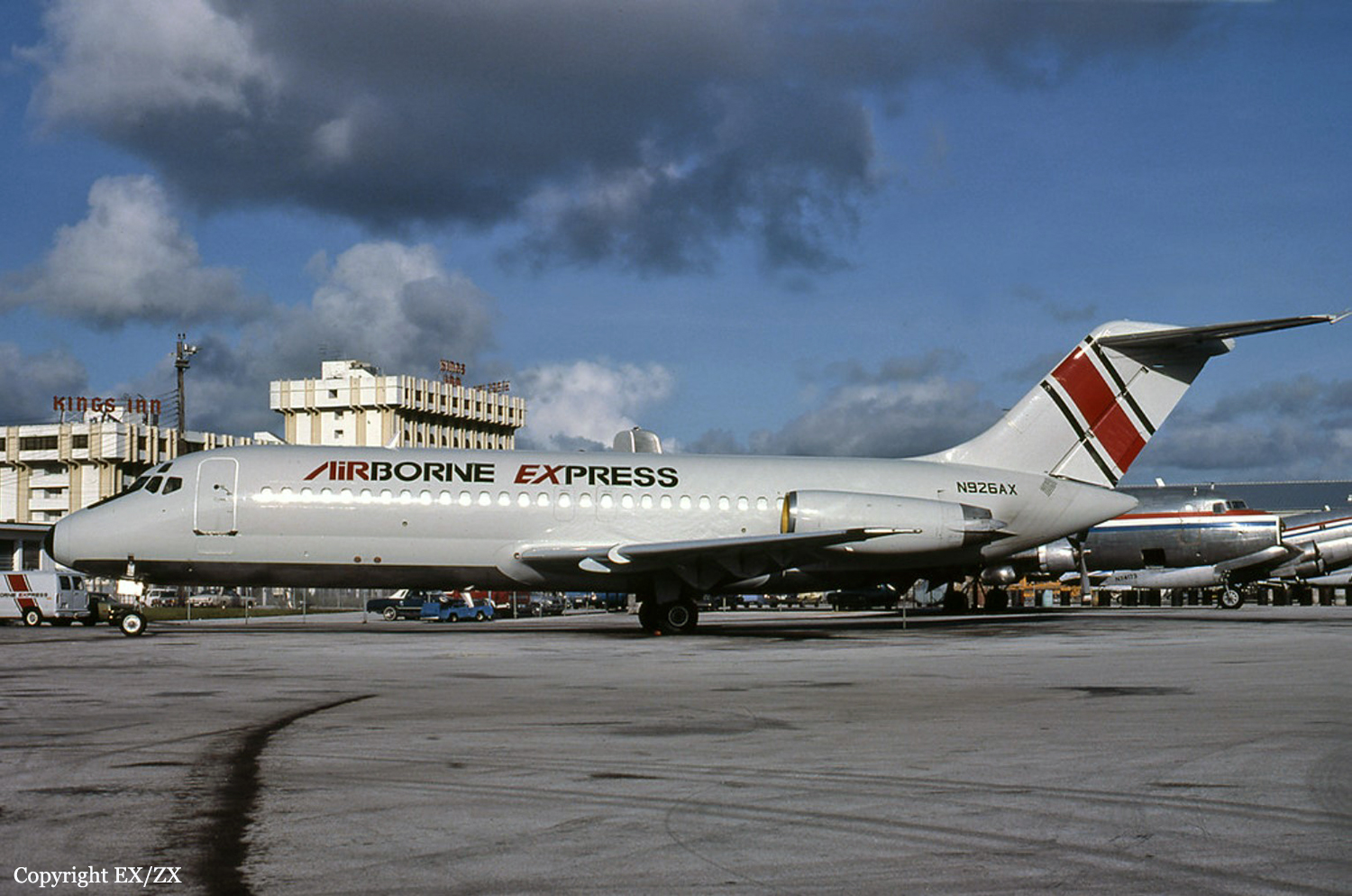

Crash of a Douglas DC-9-32 in Denpasar
Date & Time:
Dec 30, 1984
Registration:
PK-GNI
Survivors:
Yes
Schedule:
Jakarta - Denpasar
MSN:
47636
YOM:
1974
Crew on board:
6
Crew fatalities:
Pax on board:
69
Pax fatalities:
Other fatalities:
Total fatalities:
0
Circumstances:
Following several errors during the final approach, the aircraft altitude over the runway 09 threshold was too high. The pilot-in-command decided to continue the landing and the touchdown was completed 1,800 meters past the runway threshold. Unable to stop within the remaining distance, the aircraft overran, lost its undercarriage and came to rest in a mangrove, broken in three. All 75 occupants were evacuated, some of them were injured. The aircraft was destroyed.
Probable cause:
Wrong approach configuration on part of the flying crew.
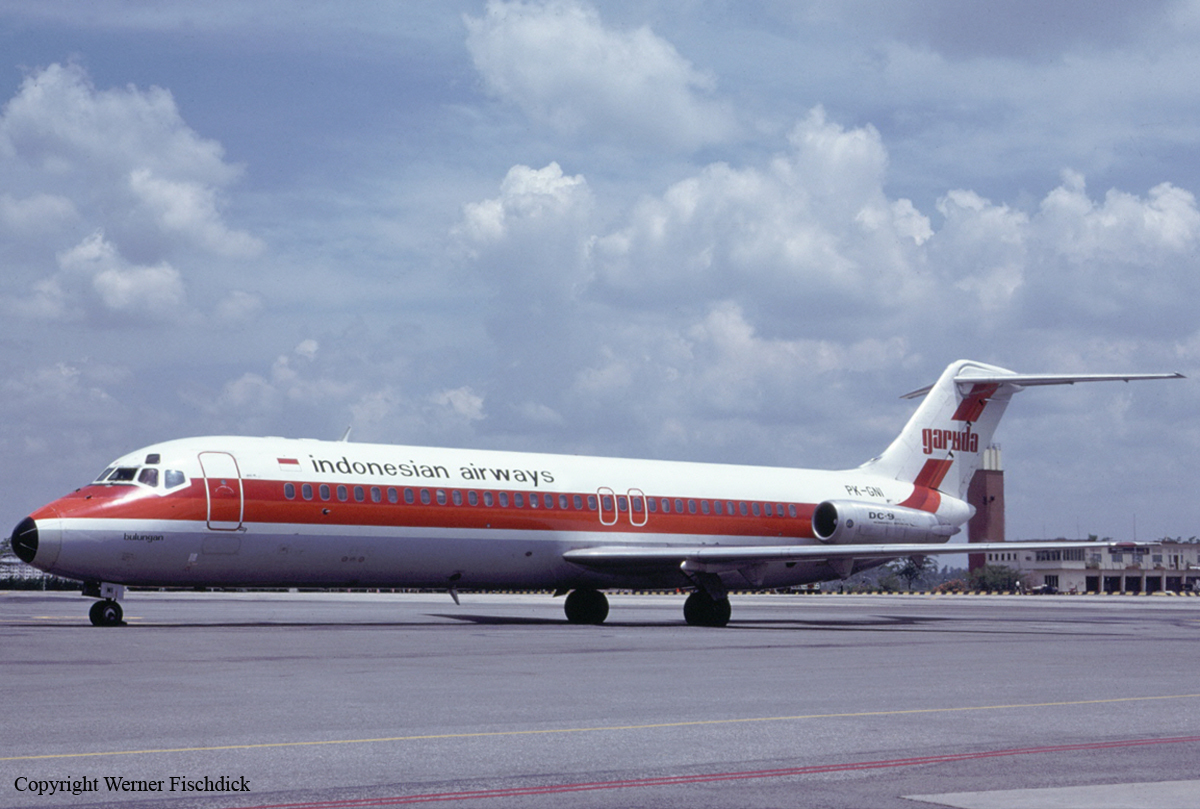
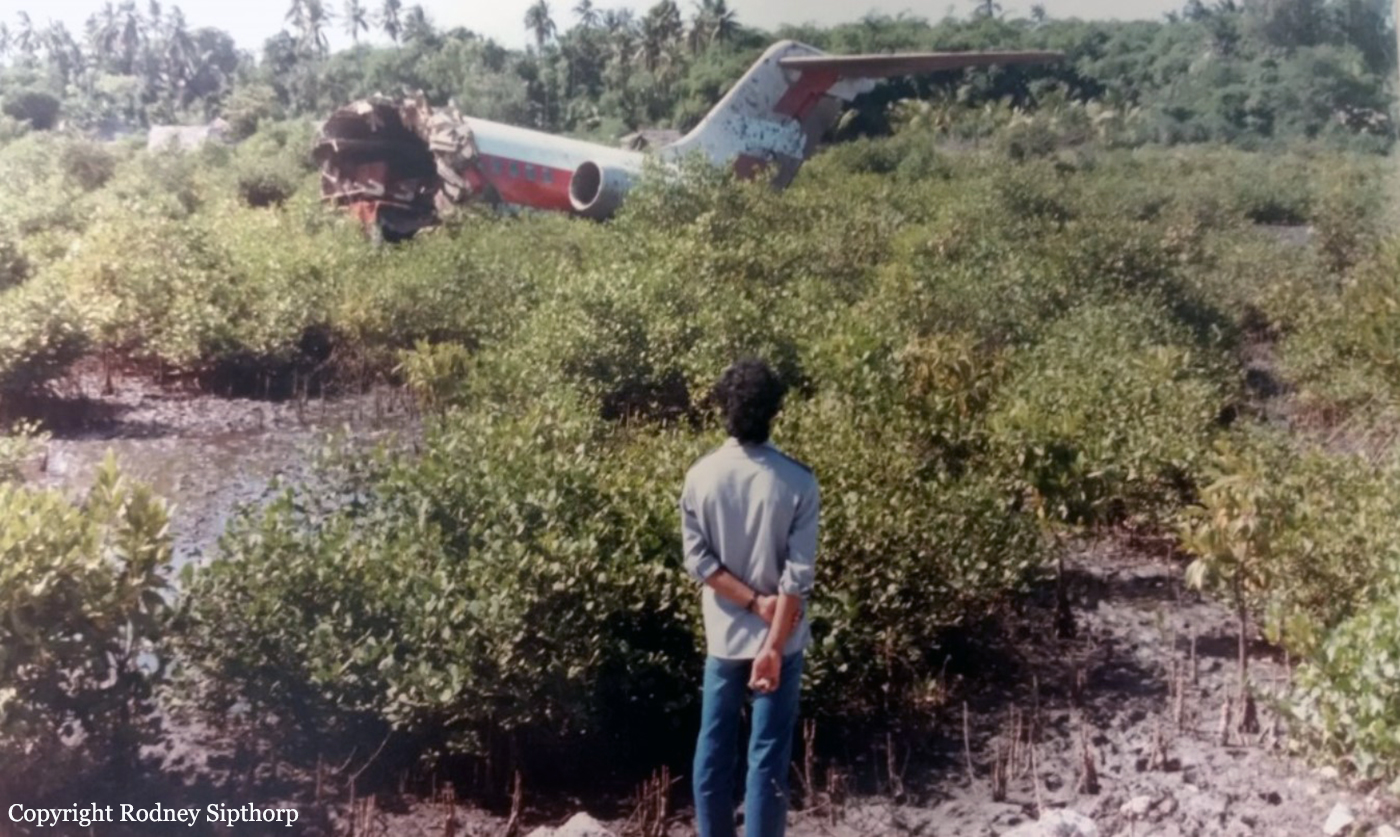
Crash of a Douglas DC-9-32 in Jakarta
Date & Time:
Jun 11, 1984
Registration:
PK-GNE
Survivors:
Yes
MSN:
47561/674
YOM:
1972
Crew on board:
5
Crew fatalities:
Pax on board:
0
Pax fatalities:
Other fatalities:
Total fatalities:
0
Circumstances:
For unknown reasons, the aircraft landed hard and bounced three times. On the third impact, the aircraft recorded a positive aerodynamic force of 5,8 g that caused the fuselage to break in two between sections 737 and 756. All five crew members escaped uninjured while the aircraft was written off.

Crash of a Douglas DC-9-32 in Madrid: 42 killed
Date & Time:
Dec 7, 1983 at 0939 LT
Registration:
EC-CGS
Survivors:
No
Schedule:
Madrid - Santander
MSN:
47645
YOM:
1975
Flight number:
AO134
Crew on board:
5
Crew fatalities:
Pax on board:
37
Pax fatalities:
Other fatalities:
Total fatalities:
42
Captain / Total hours on type:
4096.00
Copilot / Total hours on type:
3655
Aircraft flight hours:
20078
Aircraft flight cycles:
17909
Circumstances:
Boeing 727-256 EC-CFJ of Iberia, operating scheduled flight IB350 to Rome, and DC-9-32 EC-CGS of Aviaco, operating schedule AO134 to Santander, crashed on runway 01/19 at Madrid-Barajas Airport. The Boeing 727 had been cleared for takeoff on runway 01 and was at V1 speed. The DC-9 had been cleared to proceed to the holding point at runway 01 through the outer taxiway. The accident occurred approximately at 09h39:29 on December 7, 1983. As a result of the impact and instant fire, the DC-9 aircraft was totally destroyed, dying the whole of its occupants, 5 crew members and 37 passengers. The Boeing 727 aircraft lost almost all of its left wing and main gear of the same side, sliding on the runway about 460 meters, until its final stop, remaining facing the opposite direction of takeoff, on the left edge of runway 01. As a result of the impact and of the spilling of fuel from the left wing, there was an almost instant fire at the time o the crash, which subsequently destroyed the aircraft. 34 passengers and 8 crew members out of the 84 passengers and 9 crew members, survived. 50 passengers and one assistance crew member died as a result of the impact and fire. The conditions of visibility at the airport were of daylight and intense fog.
Probable cause:
The cause of the accident was the unknown incursion of the DC-9 on the runway 01/19 when the Boeing 727 was on takeoff roll. The DC-9 was on the active runway because visibility conditions due to fog, by the zone where the aircraft was taxiing, impeded to the crew obtain sufficient visual references, to determine that, that was not the correct run that they should realize to reach the threshold of runway 01.
Final Report:
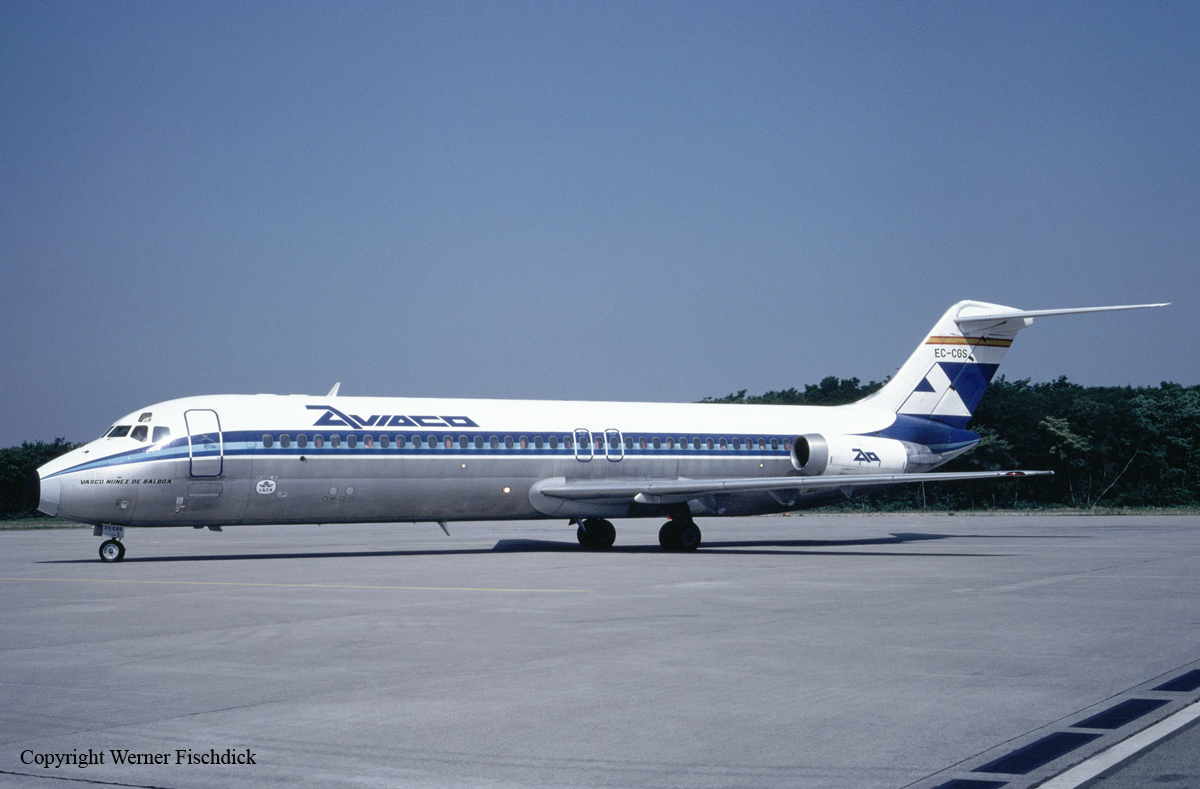
Crash of a Douglas DC-9-32 in Cincinnati: 23 killed
Date & Time:
Jun 2, 1983 at 1920 LT
Registration:
C-FTLU
Survivors:
Yes
Schedule:
Dallas – Toronto – Montreal
MSN:
47196
YOM:
1968
Flight number:
AC797
Crew on board:
5
Crew fatalities:
Pax on board:
41
Pax fatalities:
Other fatalities:
Total fatalities:
23
Captain / Total hours on type:
4939.00
Copilot / Total hours on type:
2499
Aircraft flight hours:
36825
Aircraft flight cycles:
34987
Circumstances:
The aircraft departed Dallas on a regularly scheduled international passenger flight to Montreal, Quebec, Canada, with an en route stop at Toronto, Ontario, Canada. The flight left Dallas with 5 crew members and 41 passengers on board. About 1903, eastern daylight time, while en route at flight level 330 (about 33,000 feet m.s.l.), the cabin crew discovered smoke in the left aft lavatory. After attempting to extinguish the hidden fire and then contacting air traffic control (ATC) and declaring an emergency, the crew made an emergency descent and ATC vectored Flight 797 to the Greater Cincinnati International Airport, Covington, Kentucky. At 1920:09, eastern daylight time, Flight 797 landed on runway 27L at the Greater Cincinnati International Airport. As the pilot stopped the airplane, the airport fire department, which had been alerted by the tower to the fire on board the incoming plane, was in place and began firefighting operations. Also, as soon as the airplane stopped, the flight attendants and passengers opened the left and right forward doors, the left forward overwing exit, and the right forward and aft overwing exits. About 60 to 90 seconds after the exits were opened, a flash fire engulfed the airplane interior. While 18 passengers and 3 flight attendants exited through the forward doors and slides and the three open overwing exits to evacuate the airplane, the captain and first officer exited through their respective cockpit sliding windows. However, 23 passengers were not able to get out of the plane and died in the fire. The airplane was destroyed.
Probable cause:
The National Transportation Safety Board determines that the probable causes of the accident were a fire of undetermined origin, an underestimate of fire severity, and misleading fire progress information provided to the captain. The time taken to evaluate the nature of the fire and to decide to initiate an emergency descent contributed to the severity of the accident.
Final Report:
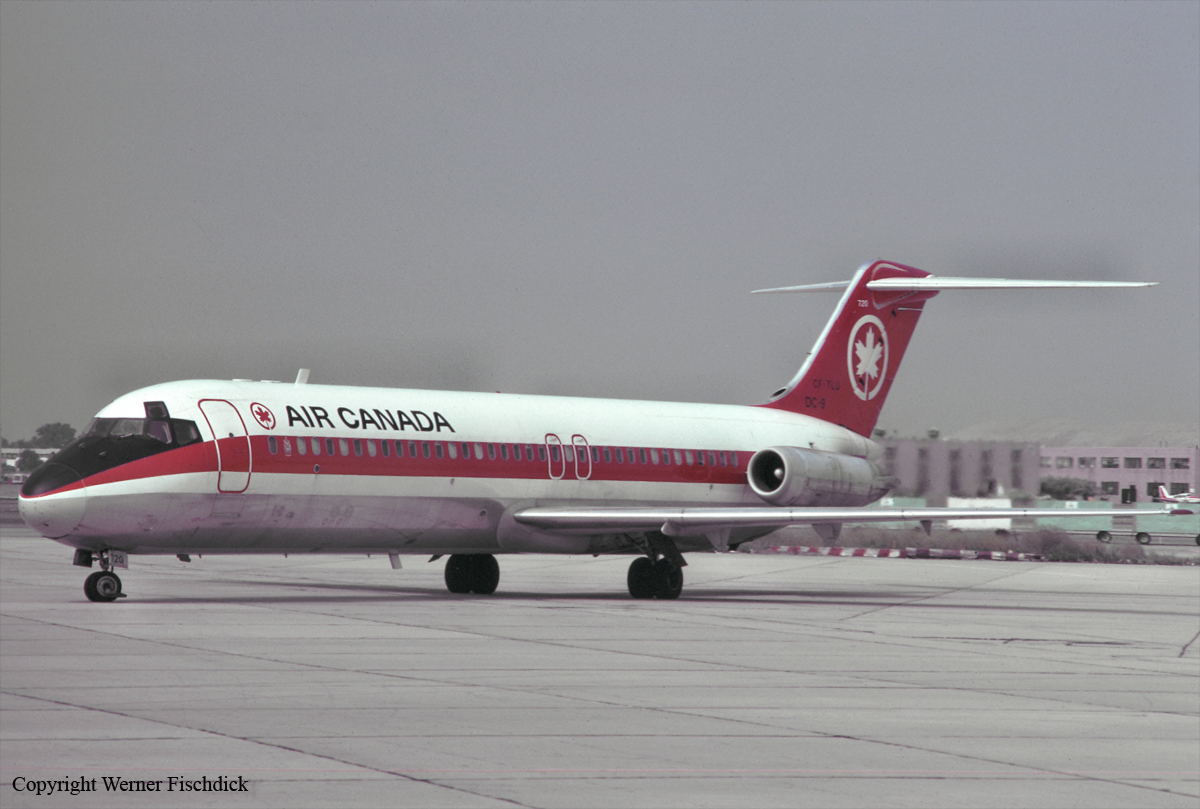
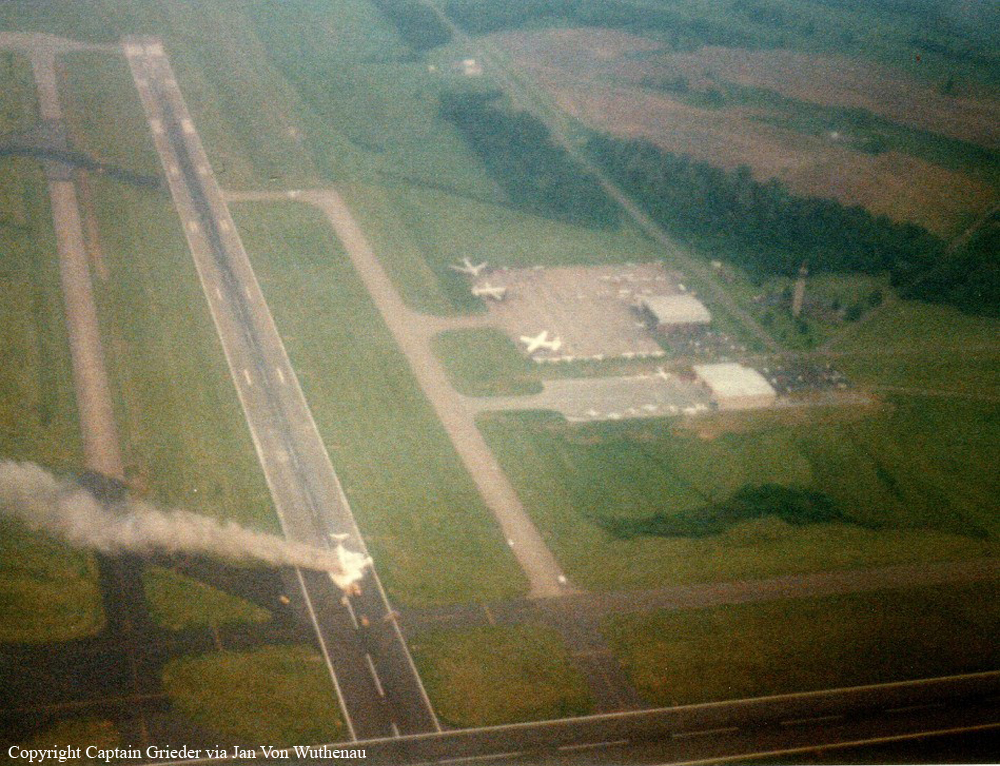
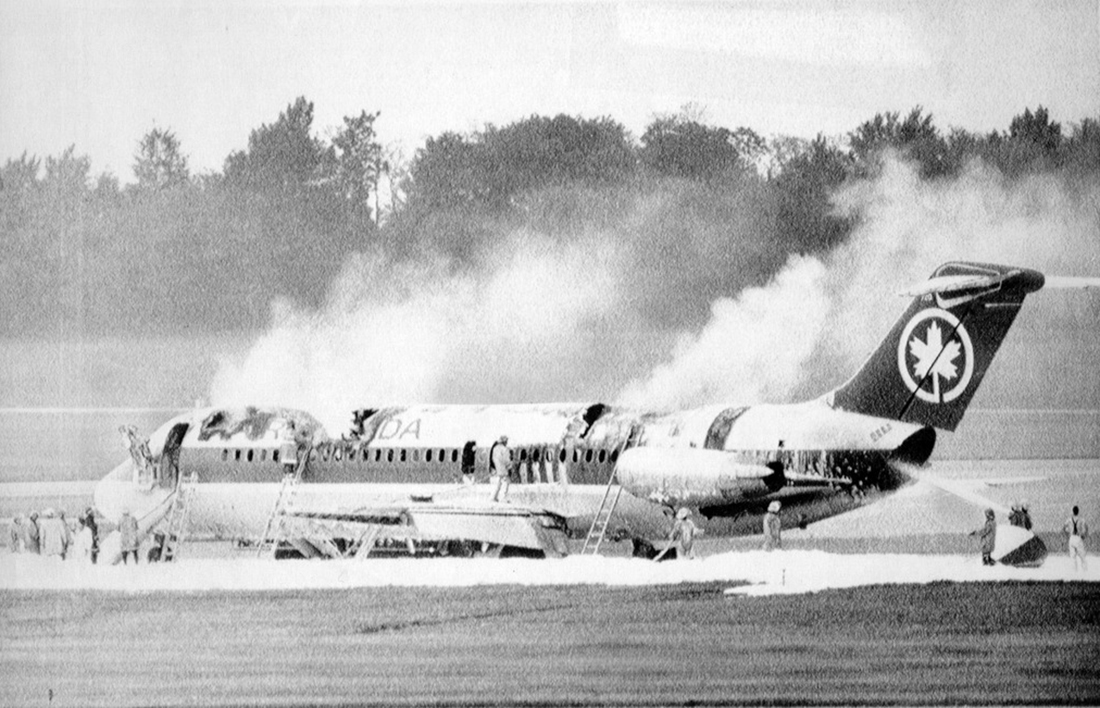
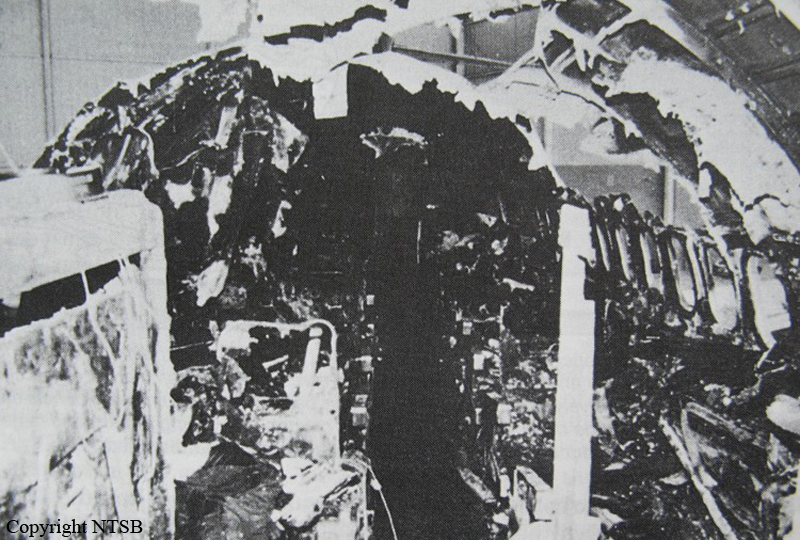

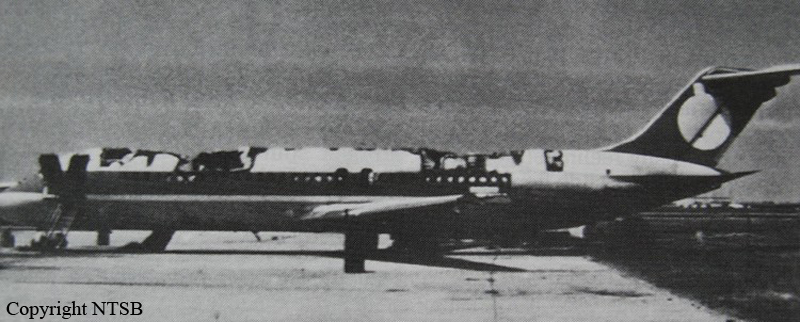
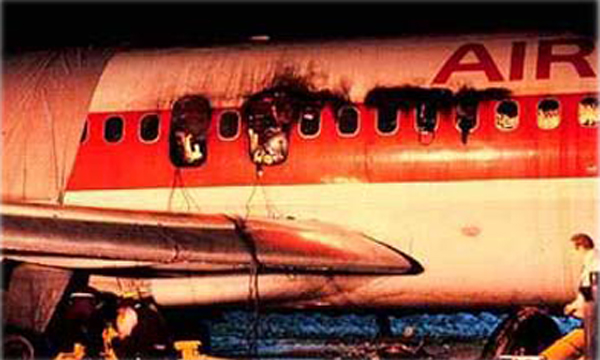



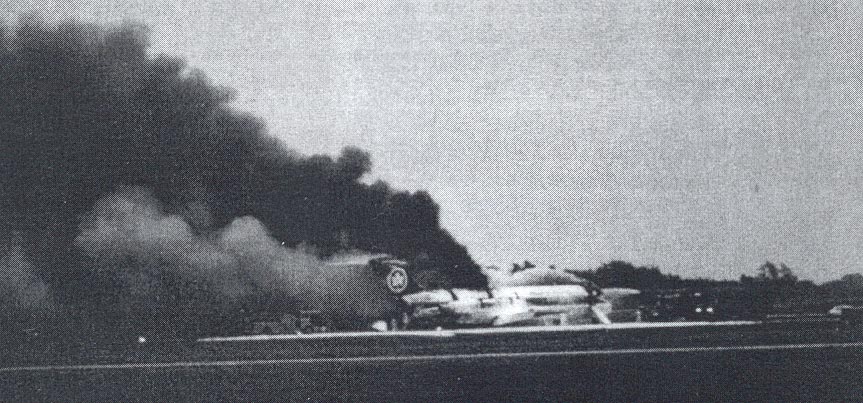
Crash of a Douglas DC-9-32 in Barquisimeto: 23 killed
Date & Time:
Mar 11, 1983 at 0700 LT
Registration:
YV-67C
Survivors:
Yes
Schedule:
Caracas - Barquisimeto
MSN:
47025
YOM:
1967
Crew on board:
5
Crew fatalities:
Pax on board:
45
Pax fatalities:
Other fatalities:
Total fatalities:
23
Circumstances:
On approach to Barquisimeto Airport, the crew encountered foggy conditions with limited visibility. On short final, the airplane descended below the glide until it struck the ground 1,015 meters short of runway threshold. On impact, the undercarriages were torn off and the airplane slid on its belly until it came to rest on the runway threshold, broken in two. A crew member and 22 passengers were killed while 27 other occupants were injured.
Probable cause:
Wrong approach configuration on part of the crew who led the aircraft passing below the glide until impact with the ground. The following contributing factors were reported:
- Failure of the crew to initiate a go-around,
- Improper in-flight decisions,
- Inadequate supervision of the flight,
- Lack of visibility due to fog.
- Failure of the crew to initiate a go-around,
- Improper in-flight decisions,
- Inadequate supervision of the flight,
- Lack of visibility due to fog.

Crash of a Douglas DC-9-32 near Zihuatanejo: 18 killed
Date & Time:
Nov 8, 1981
Registration:
XA-DEO
Survivors:
No
Schedule:
Acapulco - Guadalajara
MSN:
47622/753
YOM:
1974
Flight number:
AM110
Crew on board:
6
Crew fatalities:
Pax on board:
12
Pax fatalities:
Other fatalities:
Total fatalities:
18
Circumstances:
Thirty-five minutes after takeoff from Acapulco-General Juan N. Álvarez Airport, while cruising at an altitude of 31,000 feet, the aircraft suffered a cabin decompression. The crew declared an emergency and was cleared to reduce his altitude and to return to Acapulco for an emergency landing. Few minutes later, at an altitude of 6,000 feet, the airplane struck the slope of a mountain and crashed in the Sierra of Guerro, about 65 km east of Zihuatanejo. The aircraft disintegrated on impact and all 18 occupants were killed.
Probable cause:
The exact cause of the cabin decompression remains unknown while the crew failed to follow emergency procedures.

Crash of a Douglas DC-9-32 in Chihuahua: 32 killed
Date & Time:
Jul 27, 1981 at 1628 LT
Registration:
XA-DEN
Survivors:
Yes
Schedule:
Monterrey – Chihuahua – Hermosillo – Tijuana
MSN:
47621
YOM:
1974
Flight number:
AM230
Crew on board:
6
Crew fatalities:
Pax on board:
60
Pax fatalities:
Other fatalities:
Total fatalities:
32
Circumstances:
On approach to Chihuahua-General Roberto Fierro Villalobos Airport, the crew encountered bad weather conditions with heavy rain falls, thunderstorms and strong winds. On short final, just prior to flare, the airplane was caught by downdrafts and struck the runway surface. It bounced then veered off runway to the right. The airplane rolled for few dozen meters then came to rest in flames, broken in two. 34 occupants were injured while 32 others were killed, among them two crew members. At the time of the accident, there was thunderstorms in the approach path with heavy rain falls and wind gusting to 54 knots.
Probable cause:
Loss of control just prior to flare after being caught by downdrafts and turbulences.
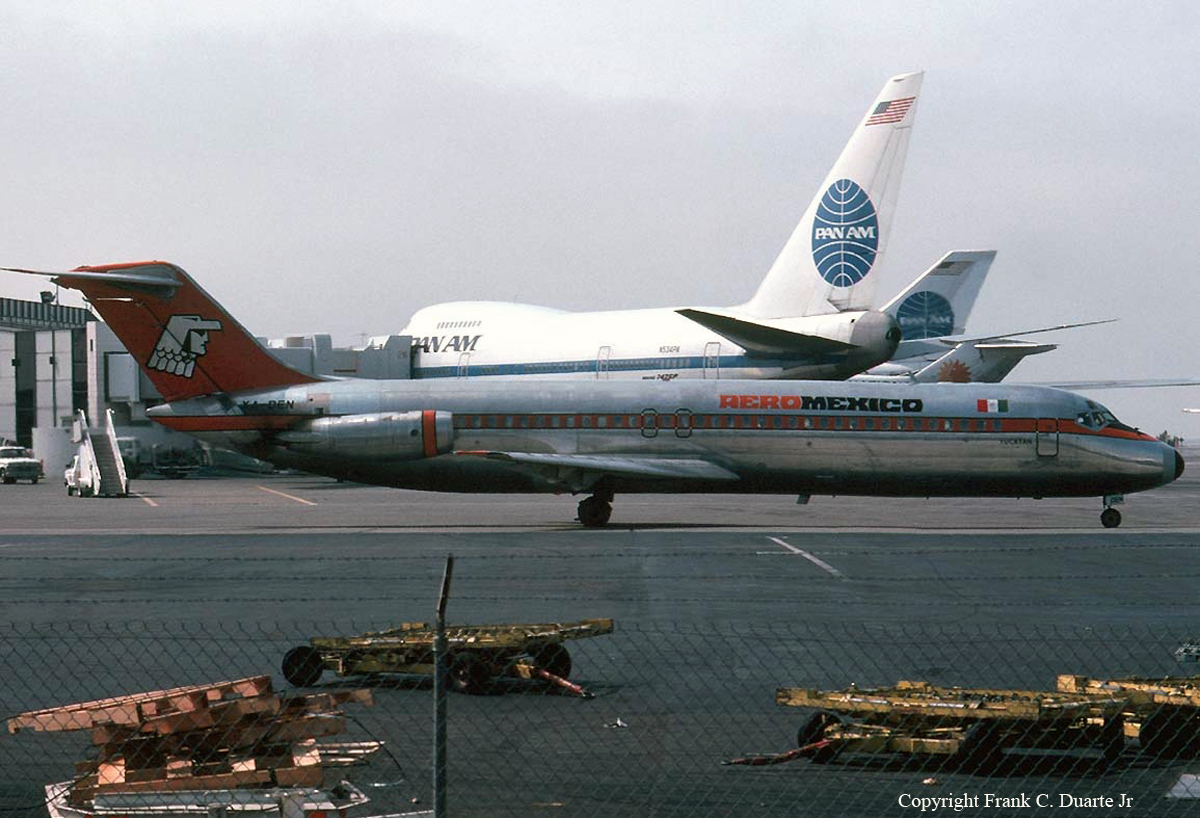
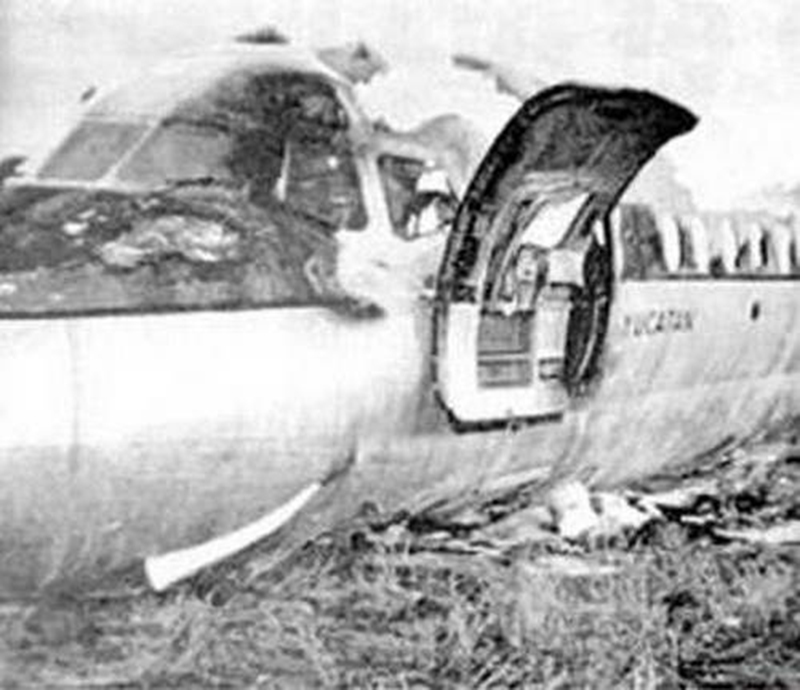
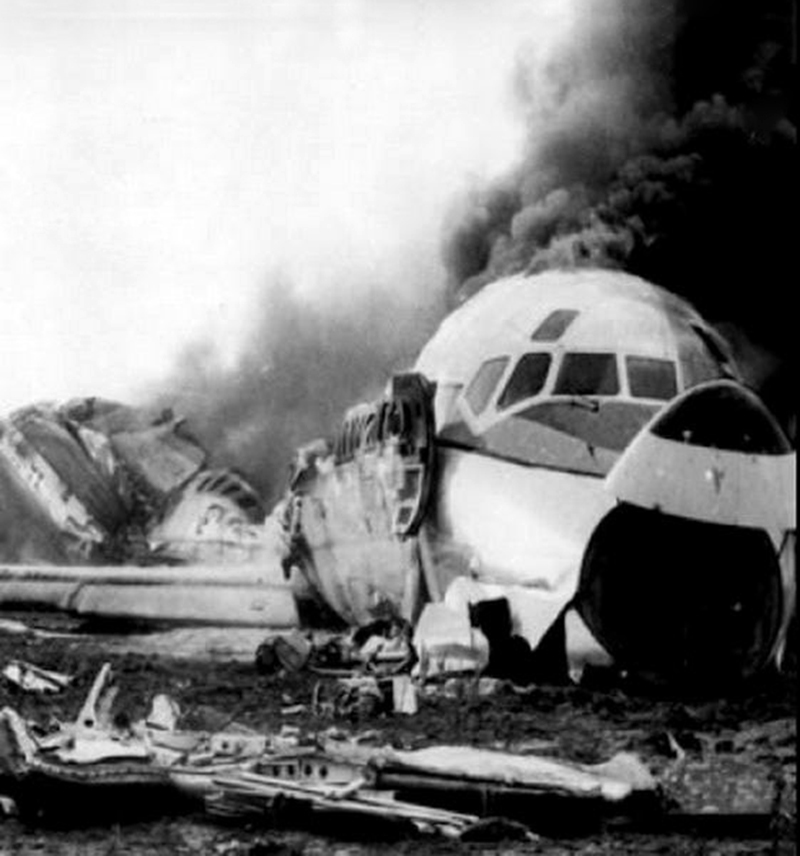
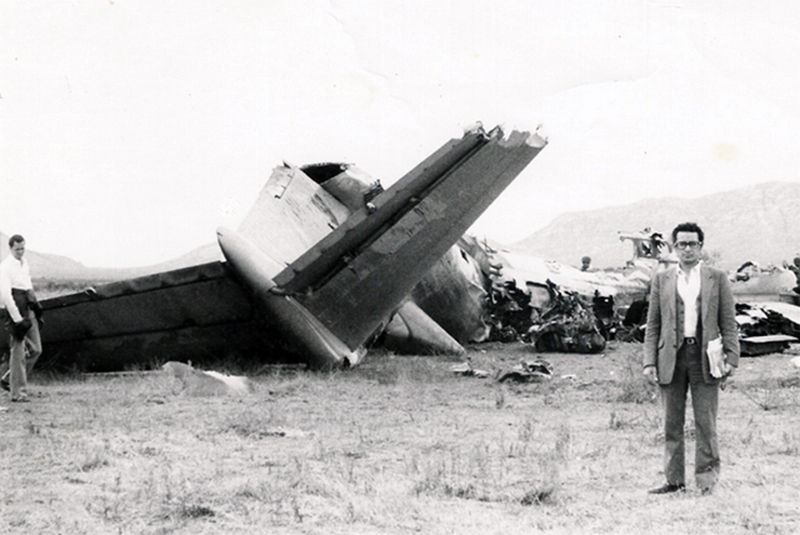
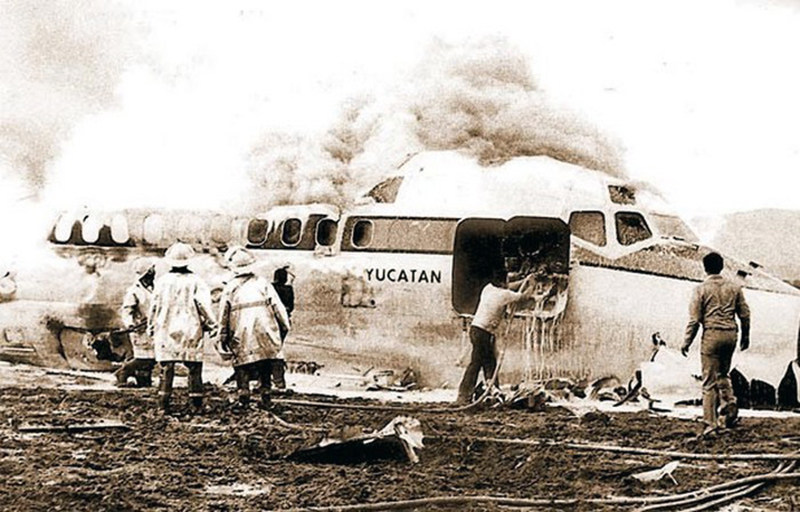
Crash of a Douglas DC-9-15 off Ustica Island: 81 killed
Date & Time:
Jun 27, 1980 at 2059 LT
Registration:
I-TIGI
Survivors:
No
Schedule:
Bologna - Palermo
MSN:
45724/22
YOM:
1966
Flight number:
IH870
Crew on board:
4
Crew fatalities:
Pax on board:
77
Pax fatalities:
Other fatalities:
Total fatalities:
81
Aircraft flight hours:
29544
Aircraft flight cycles:
45032
Circumstances:
The airplane departed Bologna Airport at 2008LT on a regular schedule service to Palermo, carrying 77 passengers and a crew of four. While cruising at an altitude of 24,000 feet, the airplane disappeared from radar screens and the crew was unable to send any distress call. SAR operations were initiated and few debris and dead bodies were found floating on water about 25 km northeast of Ustica Island, north of Sicily. The main wreckage sank by a depth of 3,500 meters. The cause o the accident could not be determined. On 28 April 1987, Italian authorities decided to refloat the wreckage and traces of T4 explosive was found and several debris. In reference to ATC testimony, two unidentified objects were flying in the area at the time of the accident and it is believed this was two Libyan fighters. One of the pilot probably decided to leave and placed his plane below the DC-9 that exploded when the second pilot tried to shot him down. After the air-air missile was shot, the first fighter leaved the area, causing the missile to struck the DC-9. In 1994, Italian Authorities questioned this theory when a new official document reported that the DC-9 exploded in mid-air due to the denotation of an explosive device placed on board. In 2000, the real cause of this tragedy was still unknown. In 2008, following statements from the ex President of the Italian Republic Francesco Cossiga, the assumption that the airplane may have been shot down by a French missile was rediscussed. The President stated that French and US Authorities thought that the Libyan President Mouammar Kadhafi was on board and must be killed. Many theories were published since 1980 and the exact cause and circumstances of this tragedy remain unknown to date.
Probable cause:
Undetermined.
